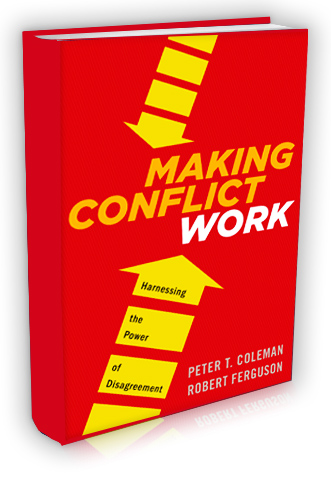“I’m not enjoying my work.” “This is not motivating.”
I’ve heard these words so many times from employees, managers and even executives with whom I work.
“But if I leave my current position, I don’t know what to do.”
They, like all of us at some point in our lives, wonder: “What is my purpose?” “What should I be doing?”
This Harvard Business Review article prompts 5 questions to ask yourself as you start the process of discovering your inner purpose. I encourage you to answer the questions yourself. Finding what you’re passionate about may be a life-long process. Now is the perfect time to begin. As a consultant, I’ve learned to help clients identify what drives them. And then we try to align their drivers with what they are good at and what they enjoy. This creates a sense of purpose and flow.
Don’t be afraid to go deep and to be honest about what you enjoy. If you’re having trouble with what you’re good at, ask someone you trust. They will tell you. Share your answers with those you’re closest to. It may strengthen your relationship.
Here are my answers:
1. What are you good at doing?
Listening to people. Growing up, I felt insecure about opening up to others. Instead of speaking, I found it easier to listen. People love to talk about themselves. Eventually, I noticed that listening allows me to connect better with business owners to factory employees. Within this context, I can be supportive or a helpful coach.
2. What do you enjoy?
I love one-on-ones with people. We can dig in and get to the root of who we are and what life is all about. Often, we’re not mindful about our interactions with others. The question “How are you?” is too readily asked without waiting for a real answer or listening to the tone and noticing the body-language of a person.
We can all recall friends saying “I’m okay” without really sounding so. Upon further inquiry, they explain that they are going through difficult personal times and that it is affecting their performance at work. These conversations are hard to have in groups or in large spaces, that’s why I enjoy one-on-ones.
Another favorite is coaching others. I remember coaching someone who was complaining that his daughter dropped out of an expensive Ivy League college. He was angry at her for wasting his hard-earned money. Coaching helped him realize that it wasn’t the money. He explained that he goes to a gym with several other men who graduated from Ivy League schools as did their children. It forced him to address his working-class roots which he was hiding all along. Once he recognized it, he was no longer angry at his daughter but more at himself for being so ashamed of his upbringing. He then began to be proud of who he is and where he came from.
3. What feels most useful?
Positive feedback energizes me. Hearing from my clients that our interventions improve how people work and play together or that they made personal breakthroughs resulting in a more meaningful life means a lot to me. It guides my work and drives me to do more.
4. What creates a sense of forward momentum?

Photo of the pond in my backyard.
Paradoxically, when I am sitting on my back porch surrounded by the sounds of nature and feeling the warmth of the sun, I get energized. I’m constantly busy with colleagues and clients. Having quiet moments to myself during the day increases my joy and makes me feel alive.
5. How do you relate to others?
I choose to see the best in them. Yes, I know there are some people who are mean spirited. Until that is proven to me, I will give everyone the benefit of the doubt. Each person has a unique something about them. I love finding that out.
So, what does all this mean? To me it means that I have found the right fit between who I am as a person and how I engage with the world around me. In Maslow’s language, I feel self-actualized! You can too!
-George Alwon
